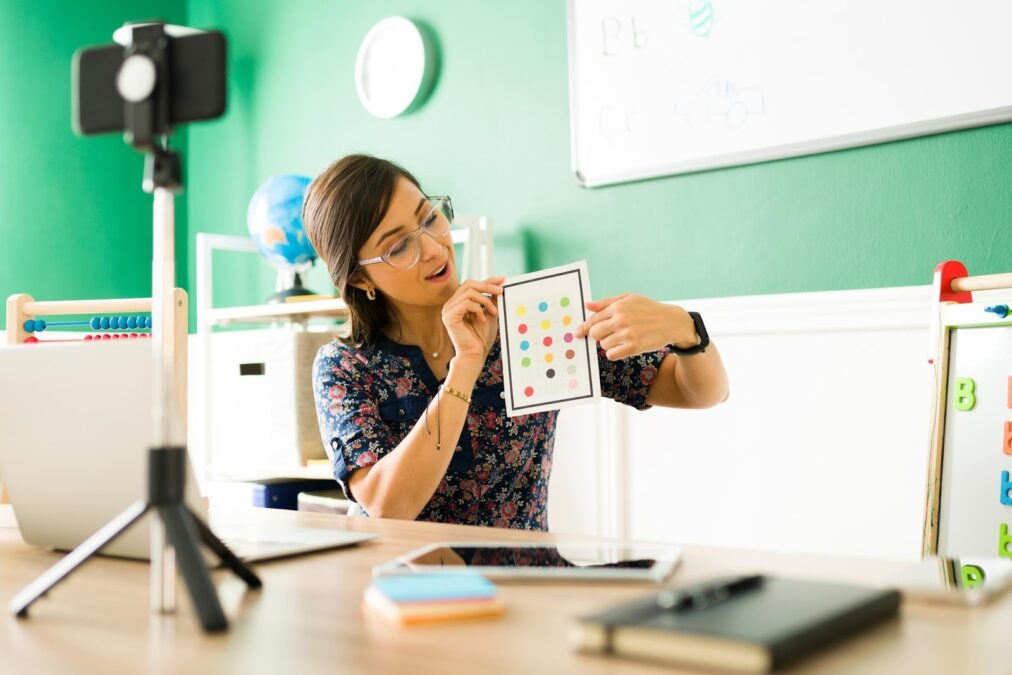Small businesses have always faced the challenge of competing with larger brands that have bigger marketing budgets and professional production teams. Creating high quality video ads typically requires expensive equipment, skilled editors, and dedicated time that most small business owners do not have. Yet video continues to dominate digital marketing. Consumers spend more time watching video content than any other format, and social platforms consistently reward brands that use dynamic visuals.
This leaves many small businesses searching for ways to produce better ads without increasing their costs. One of the most promising solutions is image-to-video AI, a technology that transforms static photos into polished, motion rich video ads. Instead of relying on full production teams, businesses can now generate compelling visuals using only their product images or brand photos. This shift is democratizing video advertising and empowering small businesses to compete more effectively in today’s digital marketplace.
Why are small businesses turning to AI for video advertising?
Small businesses turn to AI because traditional video production can be expensive, slow, and resource heavy, making it difficult to keep up with digital marketing demands.
Video ads are highly effective, but they come with significant barriers. According to Wyzowl’s 2024 Video Marketing Report, 41 percent of small businesses cite cost as the biggest challenge in producing video content. Professional shoots require equipment, lighting, editing software, and hired talent. Even modest video projects can cost thousands of dollars.
Time is another barrier. Many small business owners handle marketing themselves, juggling operations, customer service, and product development. Filming and editing high quality video adds hours of work that most owners cannot spare.
On top of this, social platforms demand frequent content updates. Small businesses must publish ads regularly to stay visible. That means creating multiple ads each month, something traditional production methods cannot support affordably.
Image-to-video AI offers a streamlined alternative that fits the constraints of small businesses. It automates many steps and allows brands to produce high quality video content quickly and affordably.
How does image-to-video AI turn simple photos into polished video ads?
Image-to-video AI analyzes static images, extracts visual details, and applies motion models that create smooth, compelling video animations suitable for advertising.
The technology works by identifying the key elements in a photo, such as product outlines, textures, and lighting. The AI then applies animations such as camera pans, zooms, rotations, or motion effects that make the image feel alive. Some systems use motion transfer to create more expressive movements, while others use dynamic transitions to build short promotional clips.
Because the AI handles lighting and perspective adjustments, the result often looks like a professionally edited video. Instead of a static product photo, the business gets an ad with movement, depth, and storytelling flow.
This approach is particularly valuable for small businesses that rely on product photos. With the right animations, a simple product shot can become a captivating video that highlights its features and captures attention in a busy feed. The result is a scalable way to turn the assets a business already has into high performing video ads.
Why do AI generated video ads perform well on social platforms?
AI generated ads perform well because they are visually dynamic, align with algorithm preferences, and help brands capture attention quickly in fast scrolling environments.
Movement is essential for standing out on social media. A study from Meta found that moving visuals increase ad engagement by up to 25 percent compared to static images. Platforms like TikTok, Instagram, and Facebook prioritize video content, making dynamic ads more likely to reach a wider audience.
AI generated video ads incorporate motion in ways that grab attention within the first second. For example, a product photo might animate with a smooth zoom or highlight key features with motion effects. These details help stop the scroll and encourage viewers to watch the full ad.
Additionally, AI tools allow small businesses to produce multiple ad variations quickly. This supports A/B testing, a practice that can increase advertising ROI significantly. According to HubSpot data, brands that regularly test ad variations see up to 30 percent higher conversion rates.
By using AI to turn static assets into dynamic content, small businesses can create ads that not only look professional but also perform better in competitive social feeds.
How are small businesses using image-to-video AI in practical marketing strategies?
Small businesses use image-to-video AI for product promos, seasonal campaigns, social media ads, brand storytelling, and rapid content scaling.
The flexibility of this technology allows businesses to adopt it in multiple areas of their marketing. Some of the most common use cases include:
• Product Highlight Videos. A simple product image becomes a mini ad with zooms, spins, or animated callouts.
• Seasonal Campaigns. Businesses generate quick videos for holidays or promotions without filming new content.
• Social Media Ads. AI helps create platform optimized videos for Instagram Reels, TikTok, and Facebook Ads.
• Website Banners. Animated visuals increase time on page and improve the customer experience.
• Email Marketing. Video thumbnails can boost click through rates, making AI generated clips ideal for newsletters.
For businesses with limited time or budget, this approach delivers high impact content without extra resources. It also helps them stay agile. When a new trend surfaces online, small businesses can create on trend video content using existing assets rather than waiting for a full shoot.
In the middle of these workflows, tools such as image to video ai by Viggle AI make it simple to animate photos into expressive video ads. With motion transfer, animation templates, and easy customization, Viggle AI helps small businesses create high quality ads quickly and consistently.
What advantages does AI offer over traditional ad production for small businesses?
AI offers speed, affordability, scalability, and creative flexibility, making it far more practical for small businesses with limited resources.
Some of the key advantages include:
• Lower production costs. AI eliminates the need for cameras, sets, and editing teams.
• Faster turnaround. Businesses can produce ads in minutes instead of days or weeks.
• Consistent branding. Templates help maintain a professional look across all campaigns.
• Easy experimentation. Multiple variations can be generated quickly to test performance.
• Greater accessibility. Anyone can create video ads without prior editing experience.
These advantages are particularly valuable in markets where small businesses must adapt quickly. According to a Shopify report, 57 percent of small business owners say they need faster, more cost effective marketing methods to stay competitive. Image-to-video AI aligns perfectly with these needs.
What does the future hold for small business advertising with AI?
The future will bring even more automation, personalization, and creative control as AI continues to evolve.
In coming years, AI will likely support predictive ad creation, where systems analyze customer behavior and automatically generate video ads tailored to specific audiences. Small businesses may be able to create entire ad campaigns using only product photos and AI driven recommendations.
AI will also improve storytelling by enabling more complex animations, voiceovers, and 3D product renderings generated from simple photos. This will help small businesses compete with the visual quality once reserved for large brands.
As AI tools become more intuitive, small business owners will spend less time on production and more time on strategy. This will create a more level playing field in digital advertising, allowing creativity and value to shine regardless of business size.
Conclusion
Image-to-video AI is transforming how small businesses create high quality ads by converting simple photos into dynamic, professional looking videos. This technology addresses key challenges such as high production costs, lengthy editing timelines, and the need for frequent content. With tools like image to video ai by Viggle AI, small businesses can generate engaging ads quickly, experiment with new formats, and compete more effectively in digital spaces. As AI continues to evolve, it will play an even larger role in helping small businesses grow through innovative, affordable, and scalable video marketing.



